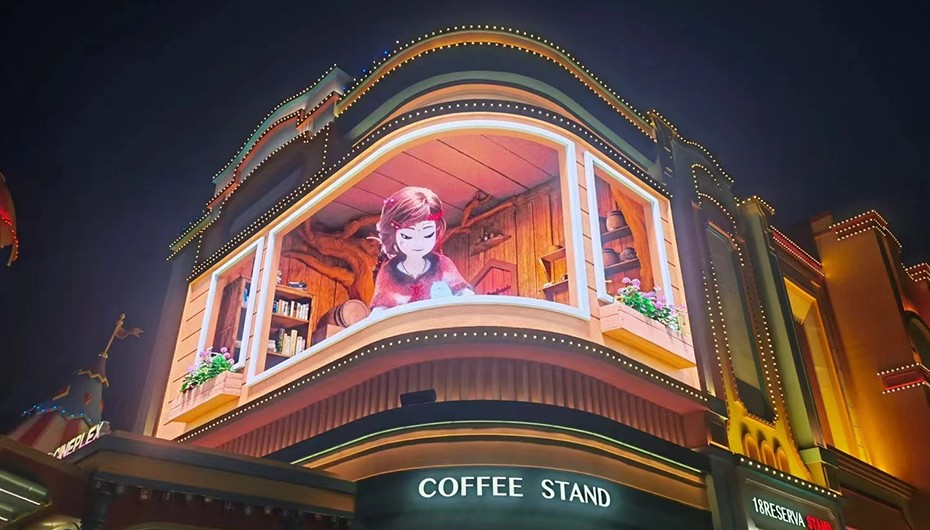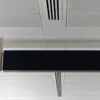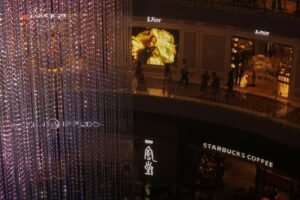Custom Angle LED Corner Displays vs. 90° Designs: Finding the Right Fit
Corner Display Innovation
LED corner displays are vital in modern installations. Yet not all projects need the same angles. While 90° LED corner displays are common, custom angle LED corner displays (like 120° or 135°) offer flexibility. Choosing the right one depends on structure, visibility, and aesthetics.
Structural Differences Between 90° and Custom Angles
The 90-degree LED corner fits standard wall joints. Its modular design allows quick alignment and stable output. However, not all architectural designs follow this rule.
By contrast, custom angle LED corner displays use precision-engineered modules. These can fit corners at 120°, 135°, or even irregular angles. These displays require tailored frameworks and edge treatments. But they offer seamless integration in unique layouts.
Moreover, custom angles often need refined calibration to maintain image continuity. Still, the visual effect they create is more dynamic and immersive than standard corners.

Application Scenarios: When to Use Which
A 90° LED corner display works best in conventional retail, command centers, or corporate lobbies. It is ideal for clean, right-angled installations. Its predictability speeds up planning and installation.
However, when the project involves circular structures or angled architecture, custom angle LED corner displays shine. In shopping malls, curved halls, or creative exhibitions, standard screens break the flow. A 135° or 120° LED corner allows designers to maintain visual symmetry.
Additionally, custom angles are more effective in creating enveloping digital spaces. This supports viewer immersion, especially in brand marketing or interactive areas.
Performance and Visual Continuity
It’s important to note that both types offer high-definition output. But custom angle LED displays often provide more natural viewing lines. Especially in wrap-around setups, they prevent hard visual breaks.
Furthermore, precise calibration ensures that color consistency remains perfect across seams. This is essential for high-end advertising or public broadcast environments.
Although 90° screens are easier to deploy, custom angles win in environments that demand spatial harmony and creative engagement.
Installation and Maintenance Considerations
From an engineering perspective, 90° LED corners are easier to install. Their modules are pre-fabricated and follow a plug-and-play model. This lowers time and labor costs.
However, custom angle LED corner displays need customized steel framing and expert setup. But once installed, they are just as reliable. Most suppliers, including MADDER, offer modular replacement for easy maintenance, even with unique angles.
This makes custom designs more viable for long-term installations where aesthetics outweigh speed.
Conclusion: Choose Based on Space and Impact
In summary, choose a 90° LED corner display for simplicity and cost-efficiency. But when your project calls for architectural flair or advanced visual flow, custom angle LED corner displays offer unmatched adaptability.
Evaluate the space, audience impact, and structure before making a decision. With the right display angle, your project can achieve both function and style.








Leave a reply